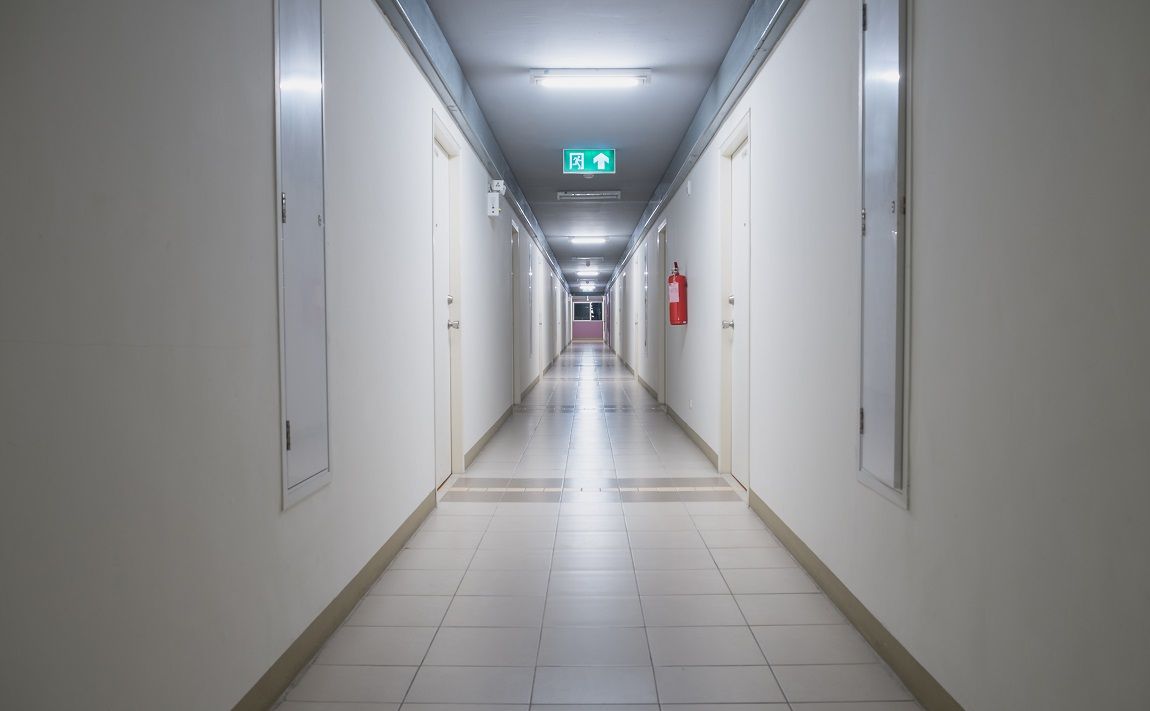-
Products
- Products
- Fire resistant cables
- Power cables 1-145 kV
- Building cables
- Pre-wired installation cables in conduits
-
Specialty LV cables and flexible cords
- Overview
- TITANEX® H07RN-F 450/750 V
- H03V2V2-F (RKK 90) 300/300 V
- H03VVH2-F (SKX-U) 300/300 V
- H05V2V2-F (RKK-S 90GR) 300/500 V
- H05VVH2-F (RKX) 300/500 V
- H05VV-F (RKK) 300/500 V
- H03V2V2H2-F (SKX-U 90GR) 300/300 V
- H03VV-F (SKK) 300/300 V
- PUREAX (H07BQ-F)
- RKX 90
- S03Z1Z1H2-F (SQX) 300/300 V
- H05Z1Z1-F (RQQ) 300/500 V
- Robotic lawnmower wire H05Z1-K (RQ) Tinned 300/500 V
- NOAC-E HFFR 300/500 V (S05Z1A7Z1-F)
- Telecom - LAN - security
- Industrial cabling
- Accessories
- Your business
- News
- Support and Tools
- We are Nexans
- Sustainability at Nexans
- Search
- Contact us
- Compare
- Sign in
Alternative solution for cables in evacuation routes
Alternative solution
Since 1 July 2017, the new law on CPR applies to cables throughout Europe. All cables installed in a building must now be tested and rated imn accordance with the new regulations.
In Sweden, the National Board of Housing, Buiilding and Planning is the regulatory authority for cables in buildings. Fire classifications are selected based on the experience of cable impact under fire and from the need to limit cost increases for property construction.
The National Board of Housing, Building and Planning has set a general requirement that cables installed in larger buildings should meet the Dca-s2, d2 classification but has more stringent requirements for evacuation routes.
Use of Dca-s2, d2 cables in evacuation routes.
The National Board of Housing, Building and Planning states one possible solution for managing CPR class Dca-s2, d2 in evacuation routes. The evacuation route must be equipped with sprinklers, otherwise the more stringent requirement applies. Those of us in the cable industry believe that developing a range intended only for evacuation routes without sprinklers would greatly increase the costs of construction and make it more difficult for the industry. Instead, we looked at another solution.
Read more:

Analytical dimensioning
Analytical dimensioning can always be used for different types of installation. The installer must then be able to demonstrate that the chosen installation method is as safe and functional as the requirement specified by the customer.
To make it easier for installers, our industry organisation SELCABLE has investigated the possibilities of using a CPR Dca-s2, d2 classified cable that is placed in a cable tray, to which the CPR requirement Cca-s1, d1 is applicable. The application of analytical dimensioning requires that it is possible to demonstrate that the safety of the intended installation is not inferior to the requirements of the National Board of Housing, Building and Planning for cable classified as CPR class Cca-s1, d1.
Test results from our fires, show that the electrical installation where cable classified as CPR class Dca-s2, d2 is placed in a cable tray, improves fire protection in all respects of the installation and exceeds the National Board of Housing, Building and Planning requirements for Cca-s1, d1.
This means that cables that meet CPR classification Dca-s2, d2 can be used if analytical dimensioning is applied by the installer.The application of analytical dimensioning requires that the installer can show that the safety of the evacuation route is not worse than with the National Board of Housing, Building and Planning requirements for cable with CPR classification Cca-s1, d1 placed on a ladder.
This can be done by placing cables in evacuation routes on sheet metal shelving and referrral to the SELCABLE document SALC-17:039. If combustible material is present above the sheet metal shelving, it needs to be fitted with a sheet metal lid.
Using analytical dimensioning and thus using cable with a Dca-s2, d2 fire classification in evacuation routes is a cost-effective solution.
Our websites
Select your country to find our products and solutions
-
Africa
- Africa
- Ghana
- Ivory Coast
- Morocco
- North West Africa
- Americas
- Asia
- Europe
- Oceania